French work from the beginning of the 20th century, around 1900.
Signed Henri Painted on the embankment.
Stamp of the Siot Fondeur factory in Paris.
A first version was presented at the Salon of 1888, organized by the Society of French Artists, at the Palais des Champs-Elysées in Paris. Orpheus sleeping Cerberus is acquired by the French State for the Ministry of Public Instruction and Fine Arts and assigned to the Louvre Museum. From 1889 to 1927, at the Luxembourg Museum in Paris and in 1927, deposited at the city of Cambrai. In 1986, the sculpture was assigned to the Musée d'Orsay, Paris.
Dimensions:
Height 55 cm
Diameter 27 cm
Material: gilt bronze and green onyx
Origin: FRANCE - PARIS
Condition of the item: perfect condition.
Signatures: Henri PEINTE (1845-1912) and stamp of the publisher Siot in Paris
Our pieces are sold with a certificate of authenticity.
Shipping methods depend on your location.
Contact us to know the amount and prepare the organization of the delivery.
Henri Emmanuel Peinte (1845-1912)
Born on July 24, 1845 in Cambrai and died on December 26, 1912 in Paris, Henri Peinte was a French sculptor. He is mainly known for some sculptures with mythological subjects. Son of François Emmanuel Joseph Peinte, an architect in Cambrai, Henri Peinte oriented himself towards artistic studies, he first studied at the drawing school in Cambrai, then, having obtained a scholarship from the department, entered the École des Beaux-Arts in Paris where he was a pupil of Francisque Duret, Eugène Guillaume and Jules Cavelier. He exhibited for the first time at the Salon in 1877 and won a third class medal with a statue of Sarpedon, which is his best known work. He is awarded for his Sarpedon and the group of Orpheus and Cerberus at the Universal Exhibition of 1889 in Paris. He then presents nothing more at the Salons and does not seem to have produced any other notable works until his death. Sarpedon, produced in bronze by the founder Siot-Decauville, was in the Cambrai flower garden. Installed in 1878, the statue was destroyed during the First World War and replaced in 1933. In September 2012, it was thrown to the ground by an act of vandalism or an attempted theft, damaged, the statue must be restored. This statue can also be found in several museums and in reduction on the art market. A copy adorning the Jardin des Plantes in Rouen was sent for casting under the Vichy regime in 194.


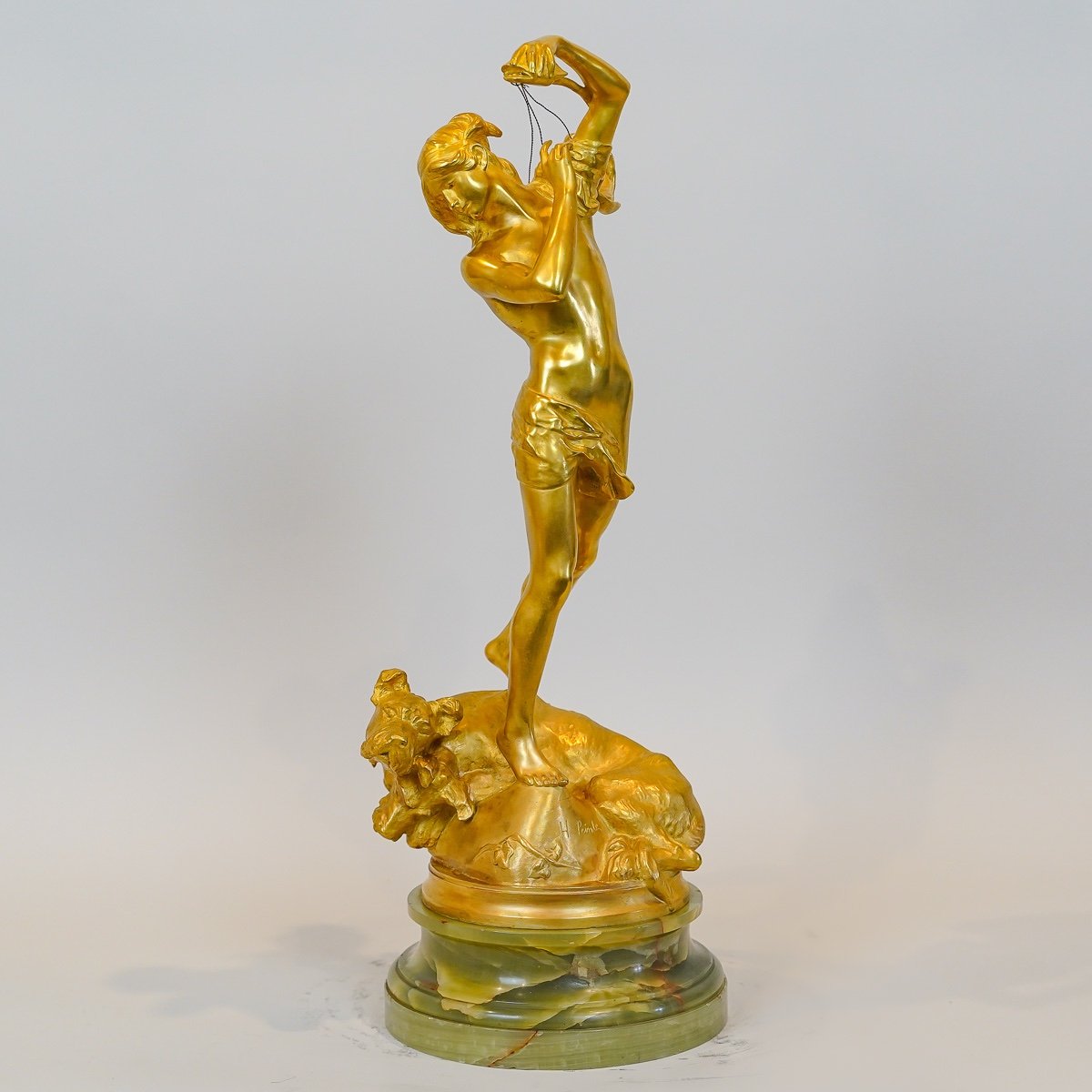
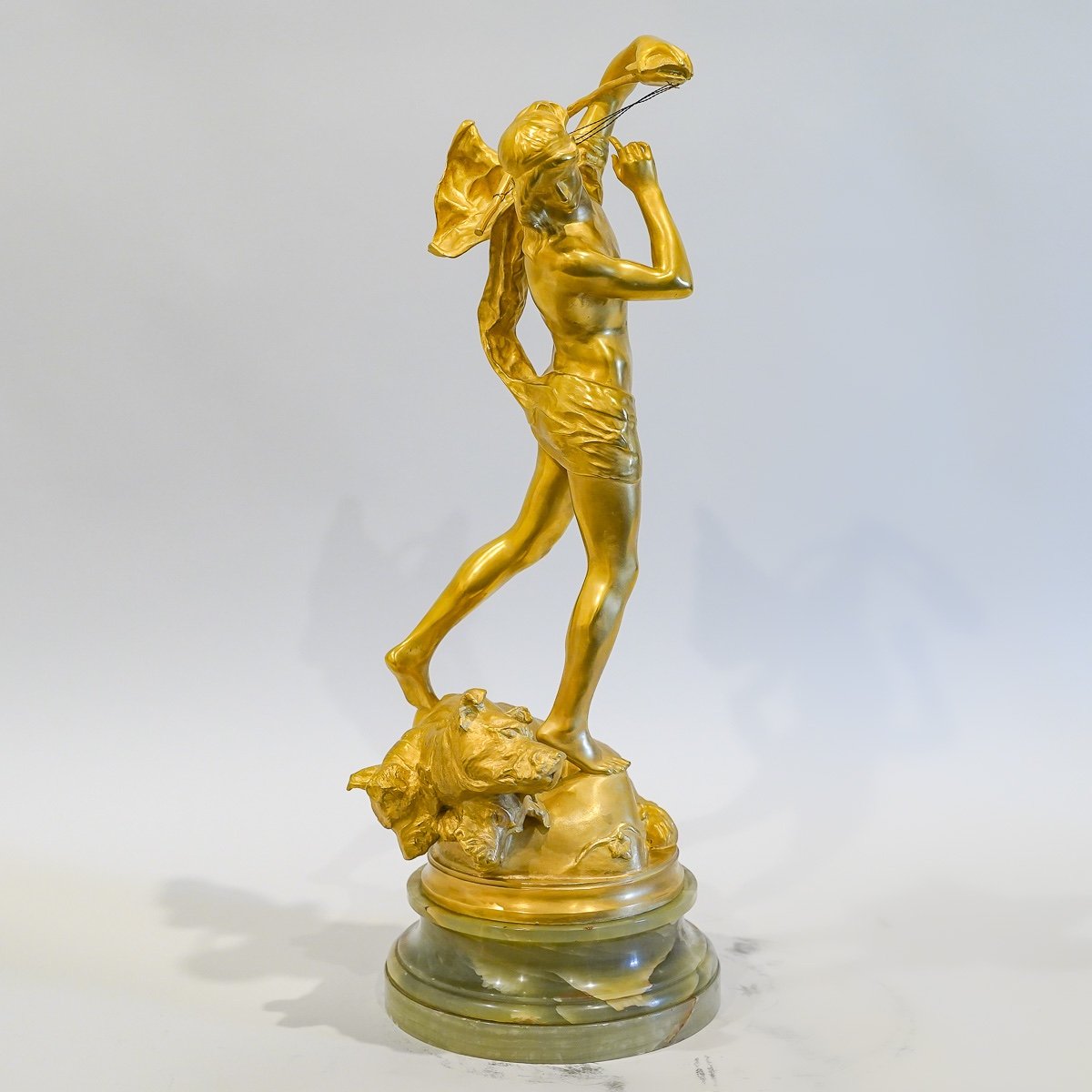
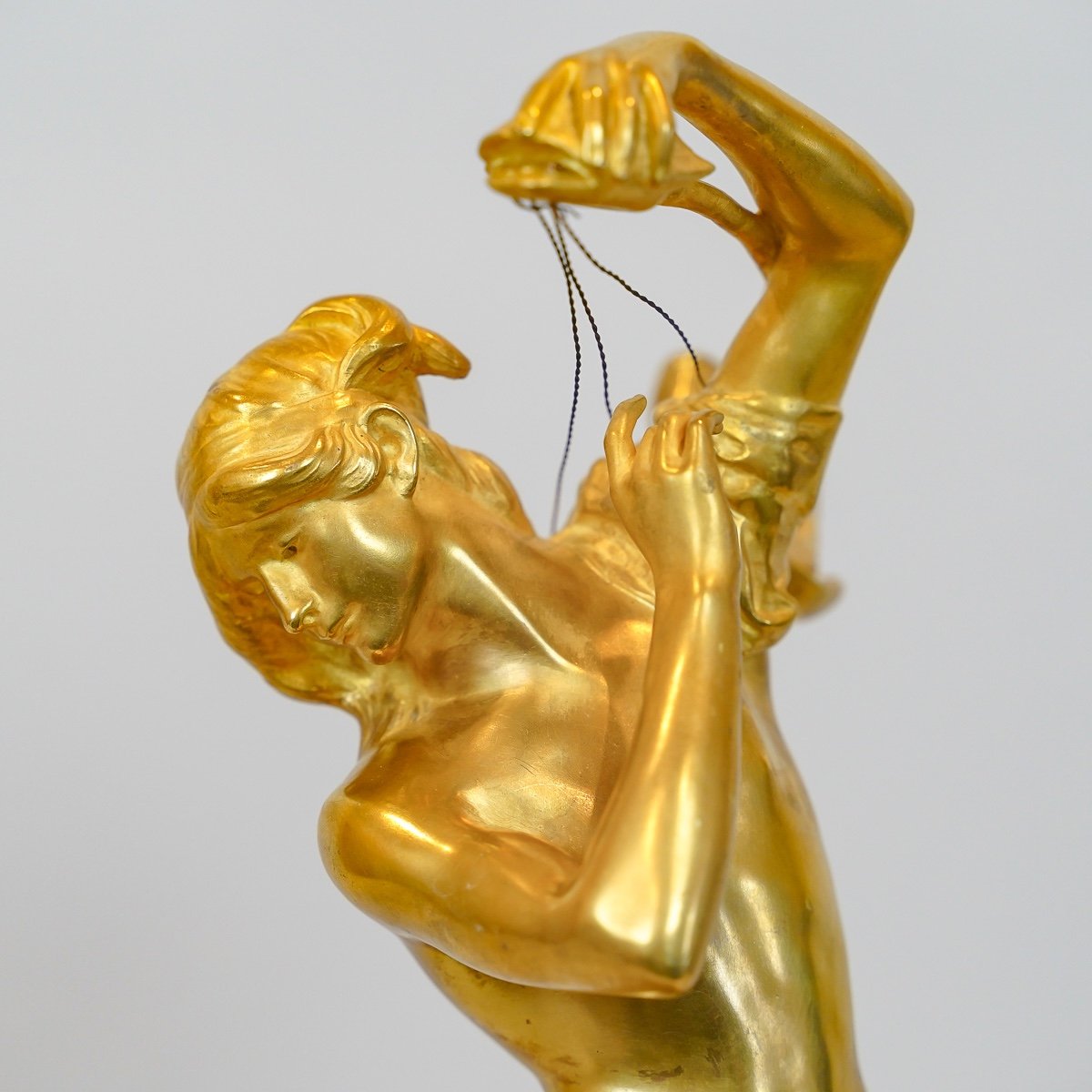
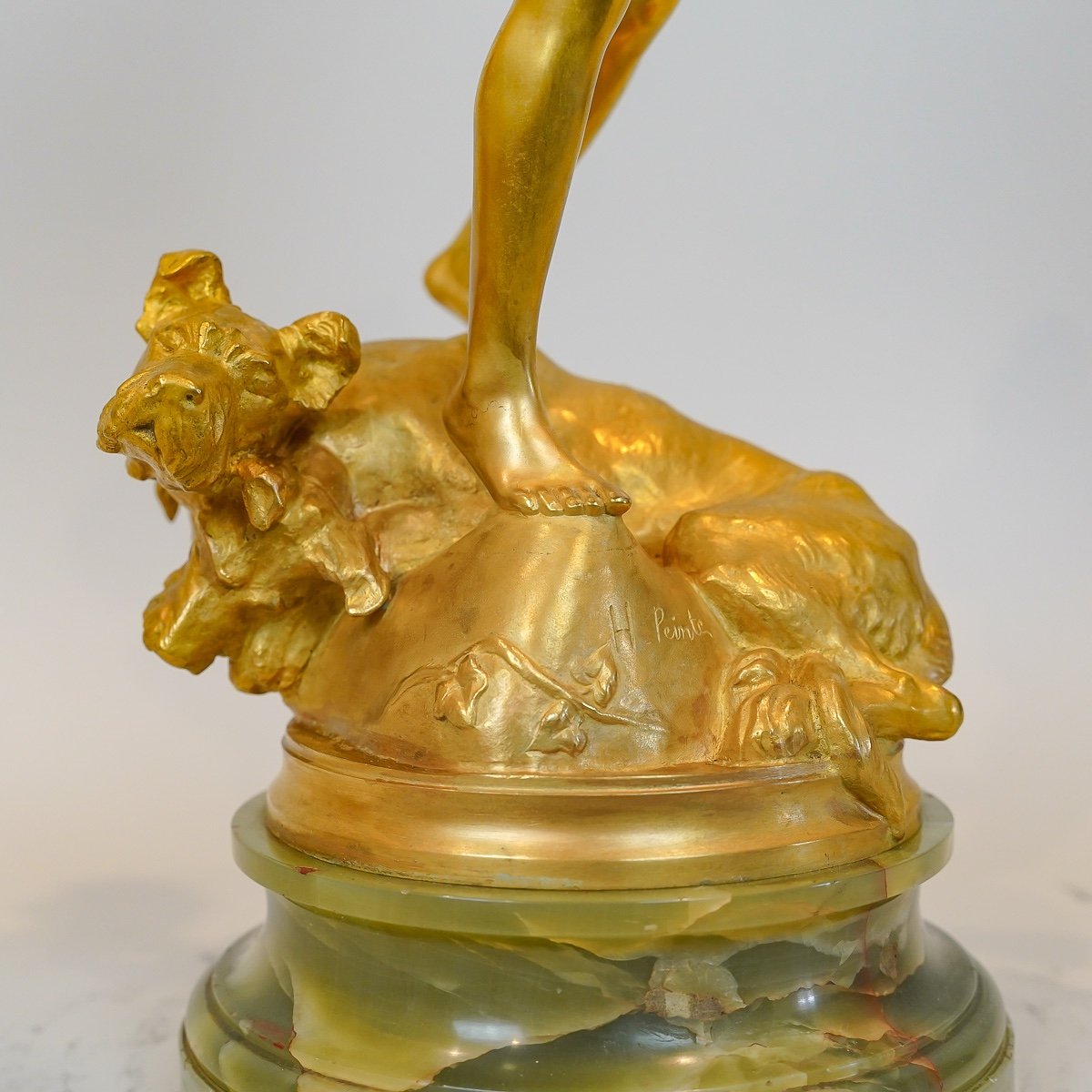
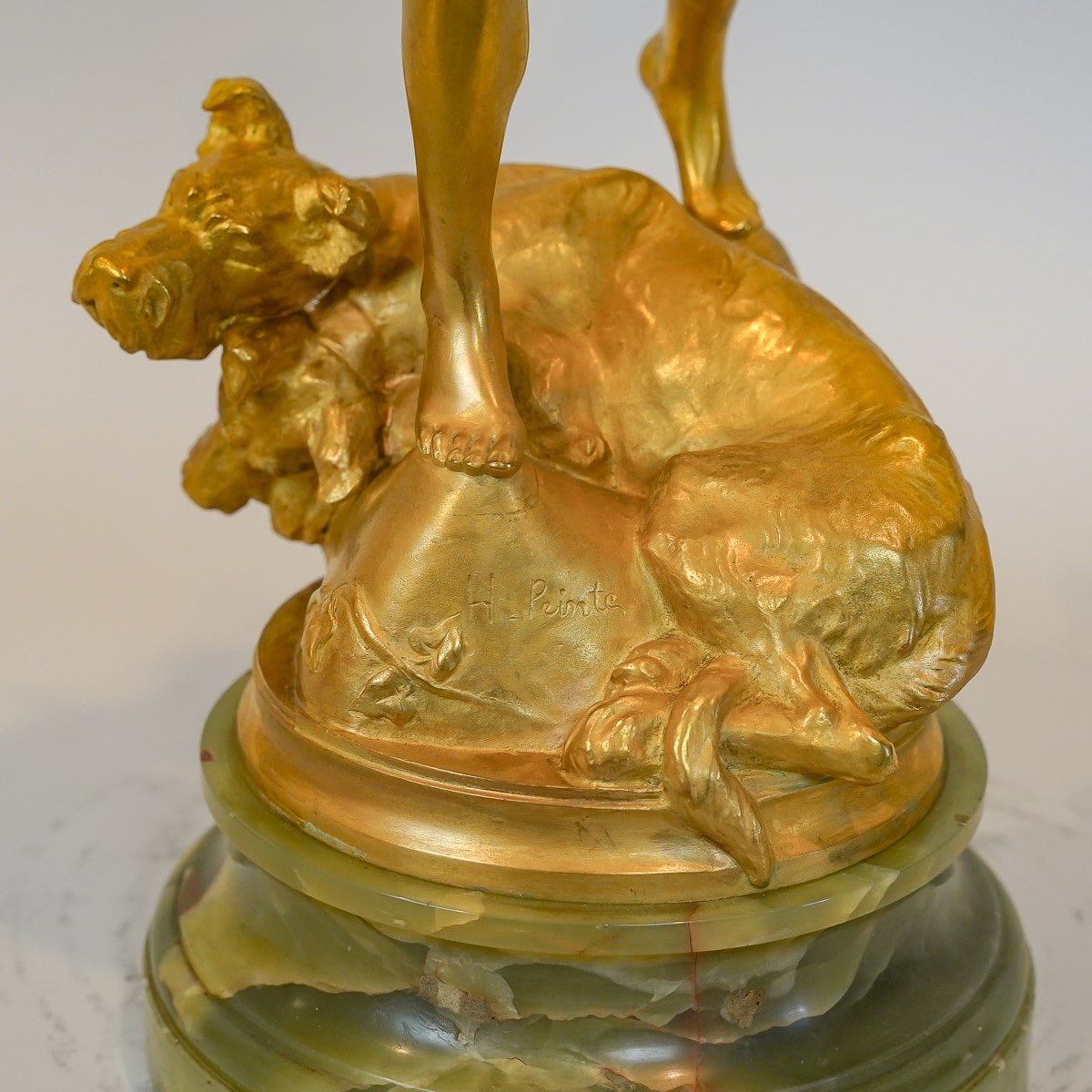
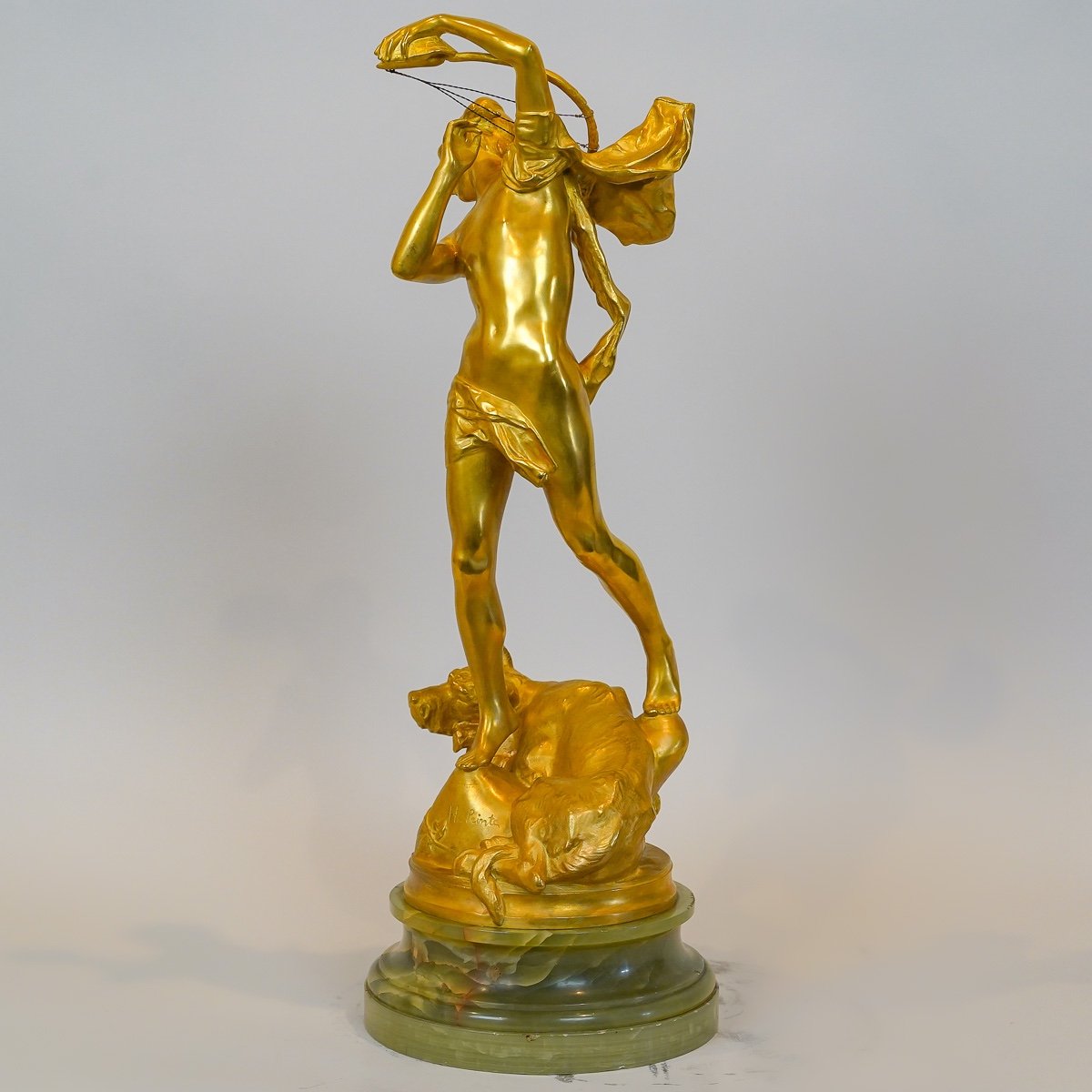
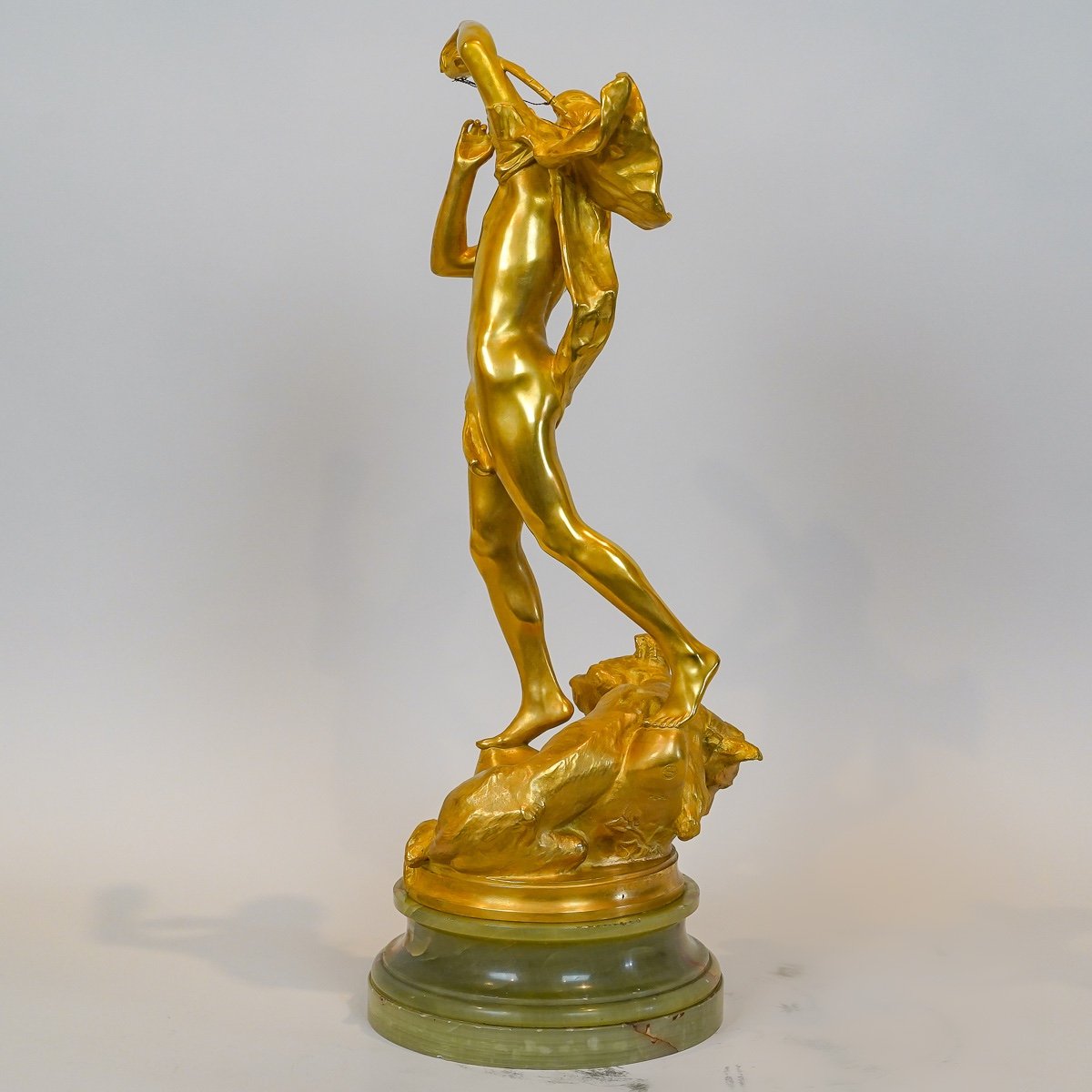
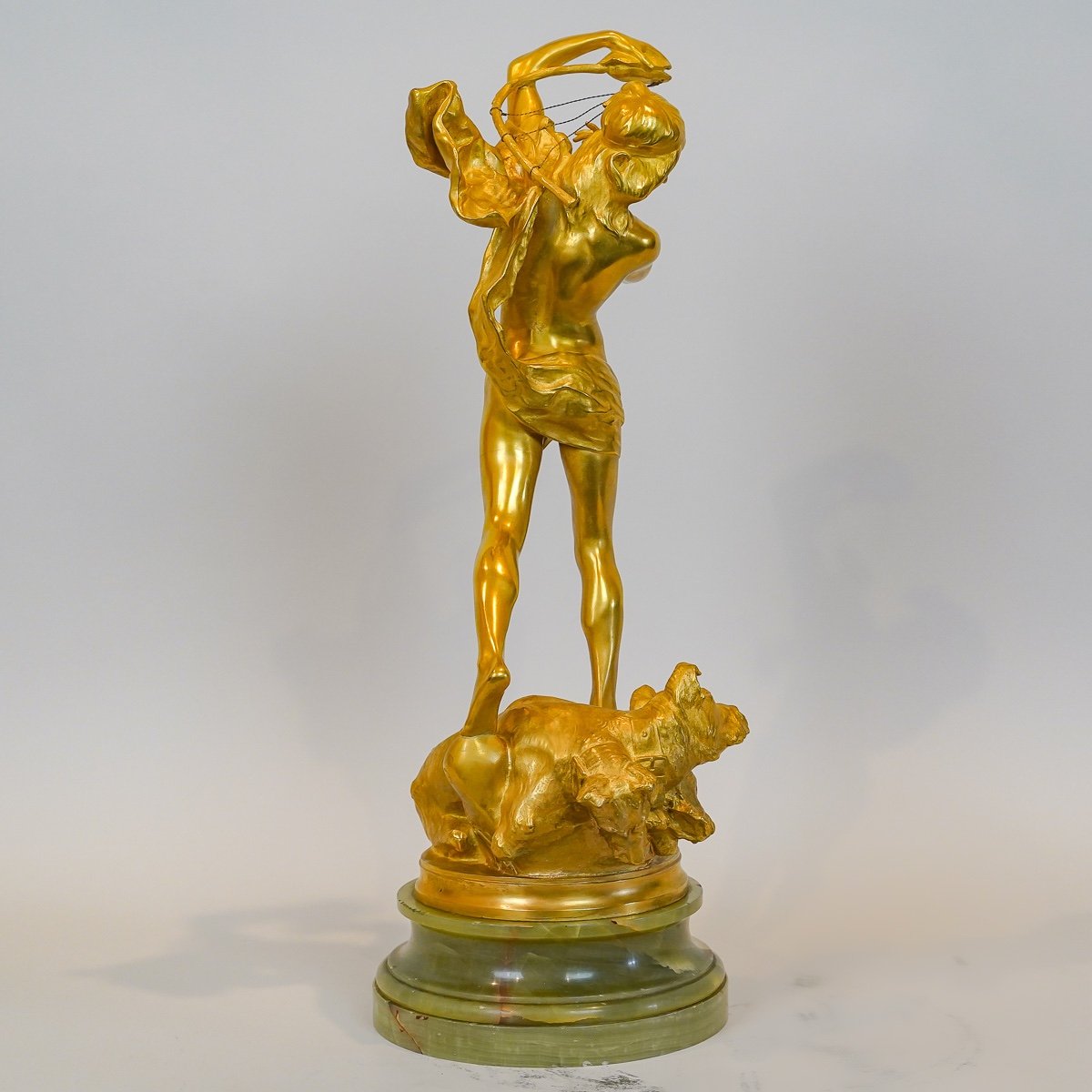
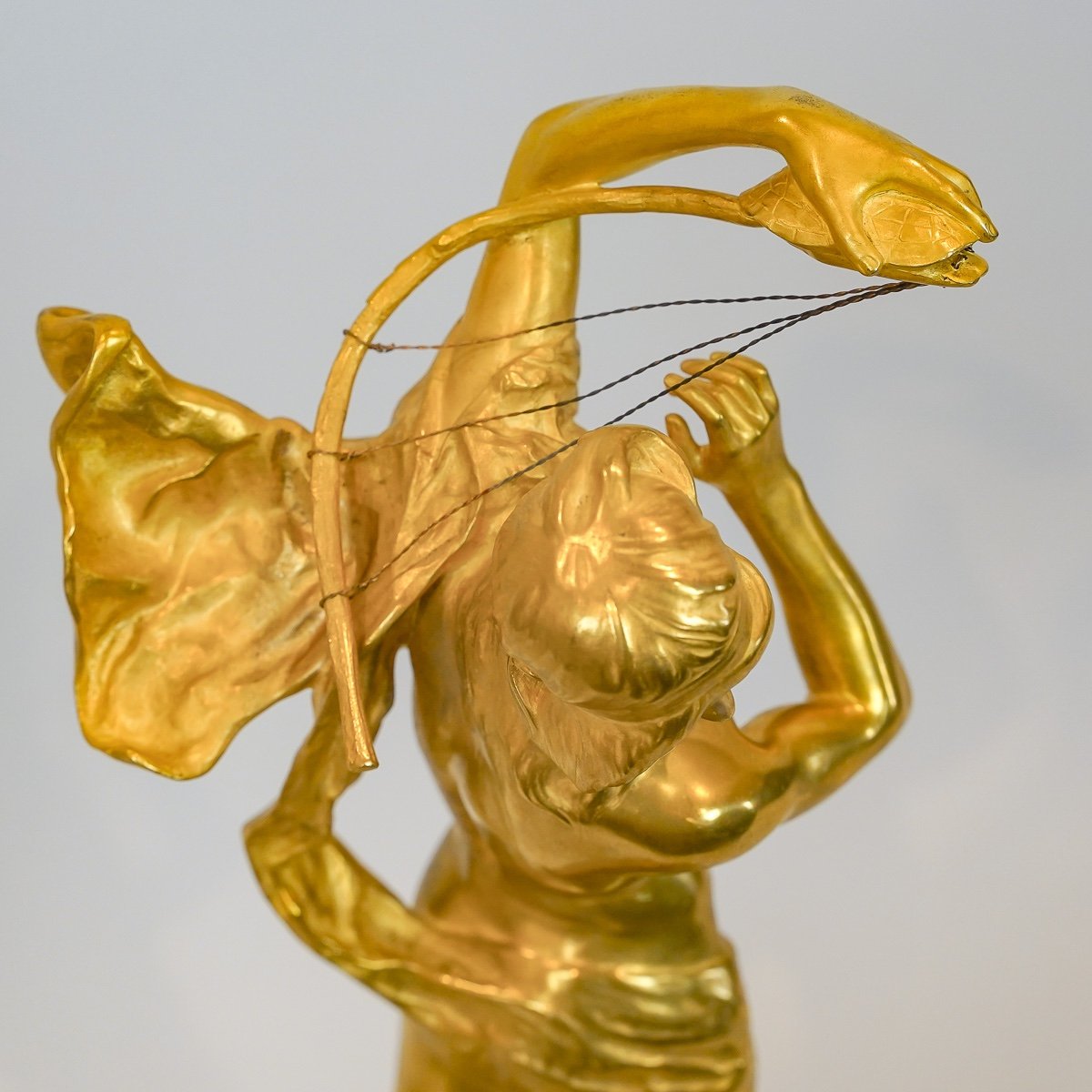
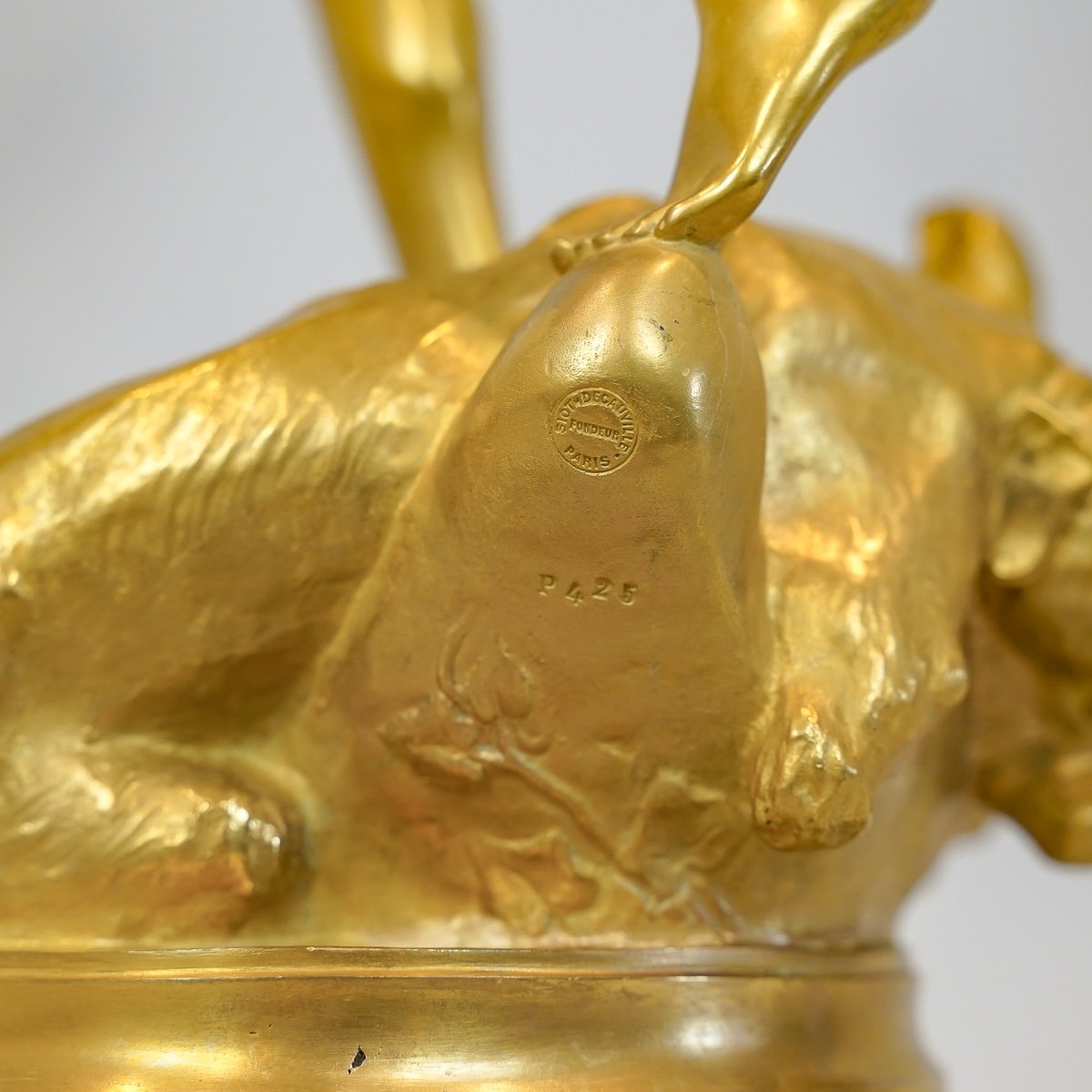
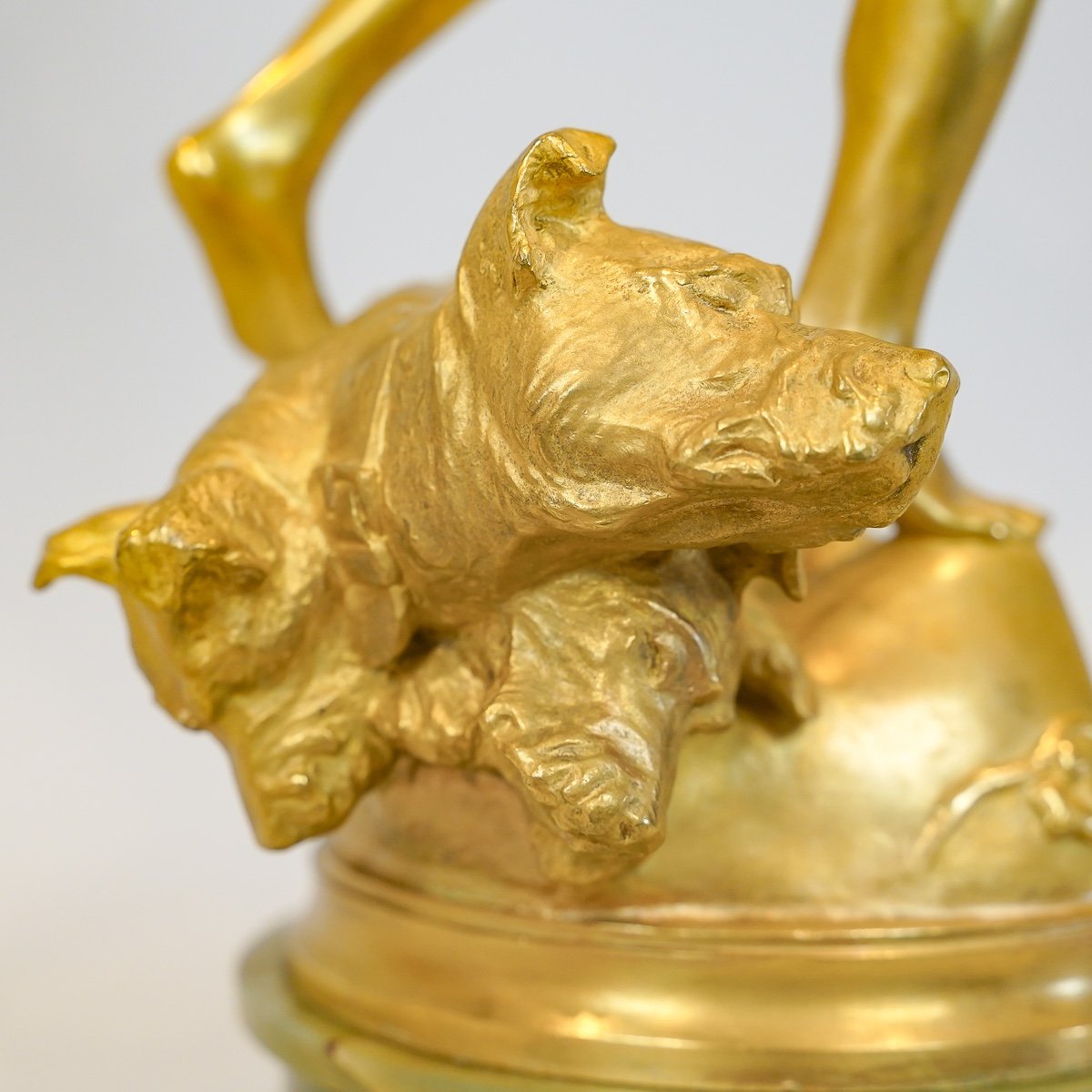
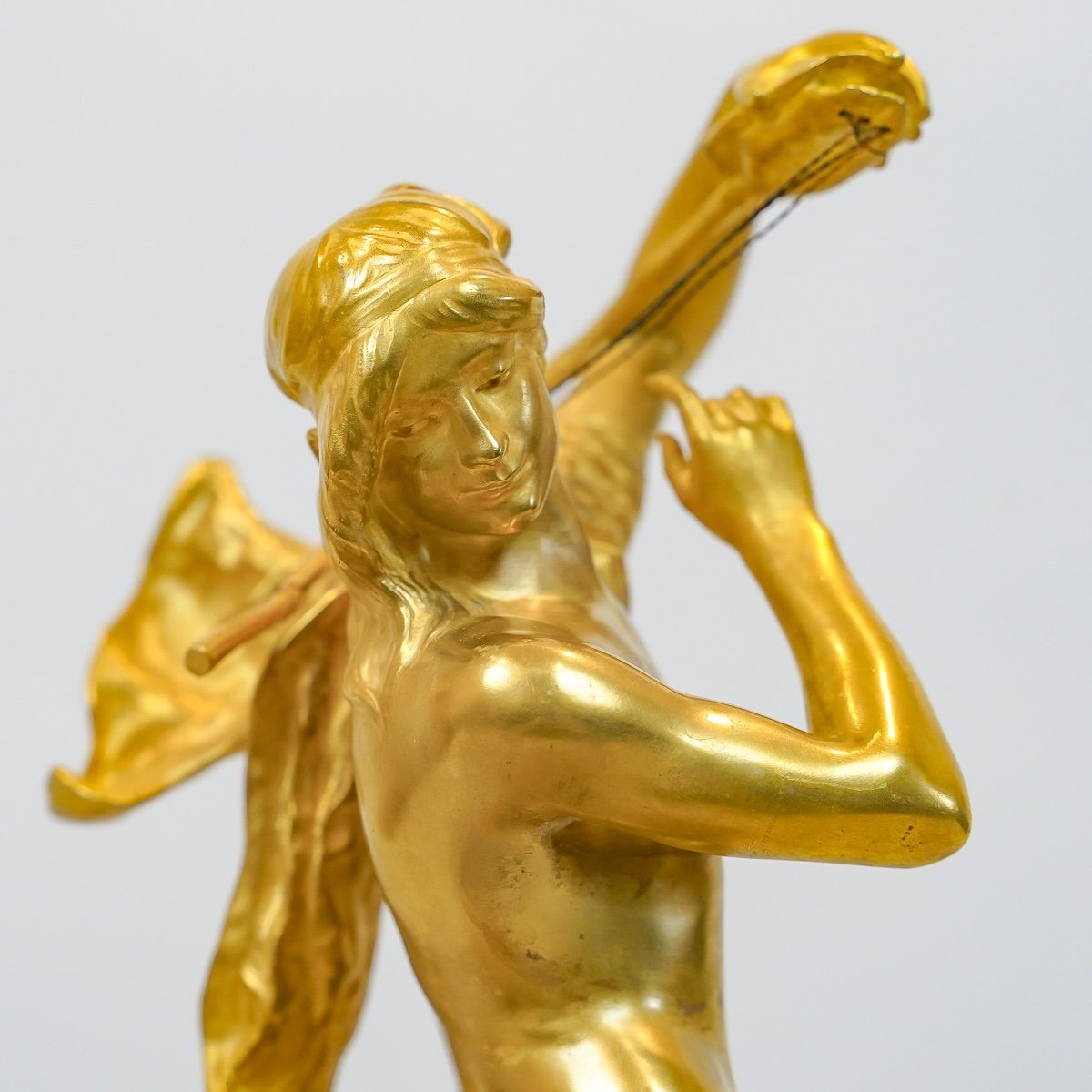















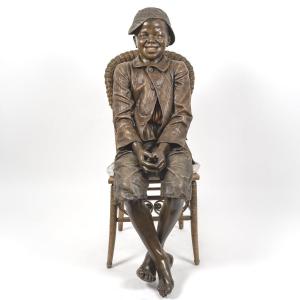









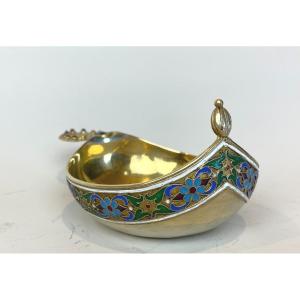



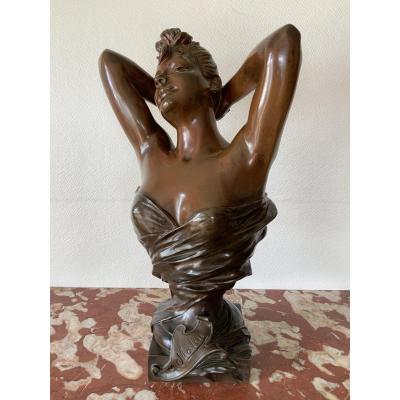
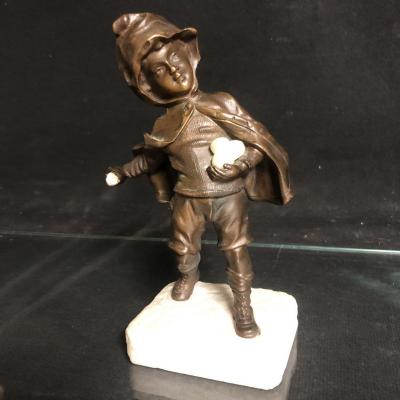





 Le Magazine de PROANTIC
Le Magazine de PROANTIC TRÉSORS Magazine
TRÉSORS Magazine Rivista Artiquariato
Rivista Artiquariato